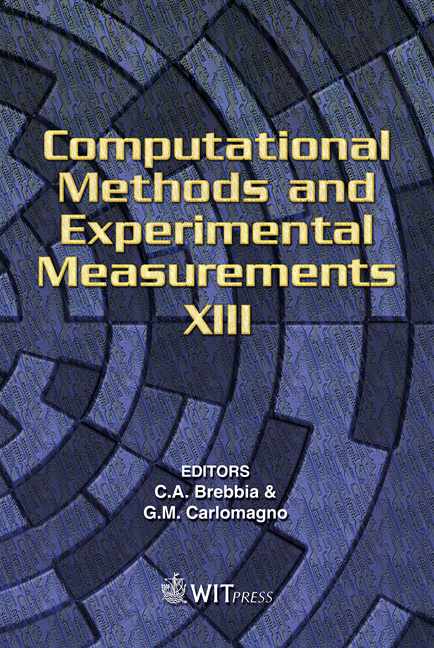Electron Band Structure And Properties Of Disordered Semiconductor Compound Alloys
Price
Free (open access)
Transaction
Volume
46
Pages
10
Published
2007
Size
373 kb
Paper DOI
10.2495/CMEM070081
Copyright
WIT Press
Author(s)
D. Alexandrov, K. S. A. Butcher & T. L. Tansley
Abstract
A new metric system called the electron metric system, having a basic metric constant, is introduced. The connection between the electron metric system and the external metric system is defined. The symmetry relationships of the multinary semiconductor compound alloys are defined according to the electron metric system. The basic metric constant is found on the basis of a diatomic tetrahedral cell. The electron wave vector in the new system is found and the electron energy states are determined. Correlation is shown between the electron energy and the electron wave vector in the multinary crystal. The LCAO electron band structures of InxAl1-xN are presented. The phenomenon tunnel optical absorption is investigated in InxAl1-xN, in InxGa1-xN, in InN containing oxygen and in non-stoichiometric InN. It is found the optical absorption edges begin in energies much lower than the energy band gaps due to this phenomenon. Existence of excitons of the structure is shown in these semiconductors and it is found that the peaks of the PL spectra correspond to annihilation energies of these excitons. Keywords: semiconductor compound alloys, optical properties. 1 Introduction The relatively recent observation of 0.7 eV photoluminescence for InN, and of absorption features near this energy have been the subject of a number of recent papers [1–3]. It has been proposed that the low energy features indicate a 0.7 eV band-gap. However, the material had long been held to have a much higher band-gap of 1.9 eV. The large difference between these values is not presently understood. The Moss-Burstein effect does not explain the variation seen for
Keywords
semiconductor compound alloys, optical properties.





